Those watching the Shenzhou 16 crew return from the Tiangong space station on October 31 were shocked to see a hole in the main parachute.

An unexplained hole appeared near the top of the parachute of the passenger compartment. Photo: CCTV
In live video, experts could see a large hole near the top of the capsule's main parachute as it landed in the Gobi Desert in northern China shortly after it deployed.
It’s possible that the propellant escaped and burned a hole in the parachute, according to Jonathan McDowell, an astronomer and space program historian at Harvard University. Another possibility is a manufacturing defect. “The problem with the hole is that it can get bigger. The tear in the fabric can tear open, rendering the parachute inoperable,” he said.
However, the tear did not appear to worsen during the remaining minutes of the landing, and the crew touched down at 8:11 a.m. The capsule bounced and rolled several times on the ground.
“It’s great to be home,” said crew commander Jing Haipeng. On-site medical checks confirmed that he and the other two crew members — Zhu Yangzhu and Gui Haichao — were in good physical condition. The trio flew to Beijing late on October 31.
The Shenzhou 16 crew capsule lands in Dongfeng. Video: Xinhua
Chinese authorities have declared the mission a complete success and have not publicly addressed the parachute issue. But if confirmed, it would be one of the most serious safety incidents in the crewed space program and would warrant a thorough investigation.
China’s first crewed mission took place in 2003, and the program has maintained a safe track record since then. Parachute reentry, while old-fashioned, is considered the most reliable method of bringing astronauts home.
Each parachute is nearly 40 meters in diameter, according to Lin Ruling, a technician at the China Academy of Space Technology, the spacecraft developer responsible for all the main parachutes on the Shenzhou missions. With a total area of 1,200 square meters, the parachute is large enough to cover three basketball courts when fully deployed.
Despite its massive size, the parachute weighs less than 100 kilograms and can fit inside an average refrigerator. Lin said that all parachutes are hand-sewn and extremely thin, yet capable of withstanding forces 100 times stronger than Earth's gravity. "The production process involves more than 100 steps, and the materials are carefully tested before work begins," he said.
The parachute is connected to the capsule by 96 wires, each 2.5 mm thick. It is designed to gradually slow down from 180 meters per second to 7 meters per second after it deploys 10 kilometers above the ground. To date, this type of parachute has assisted 16 Shenzhou spacecraft and 29 astronauts.
Thu Thao (According to SCMP )
Source link


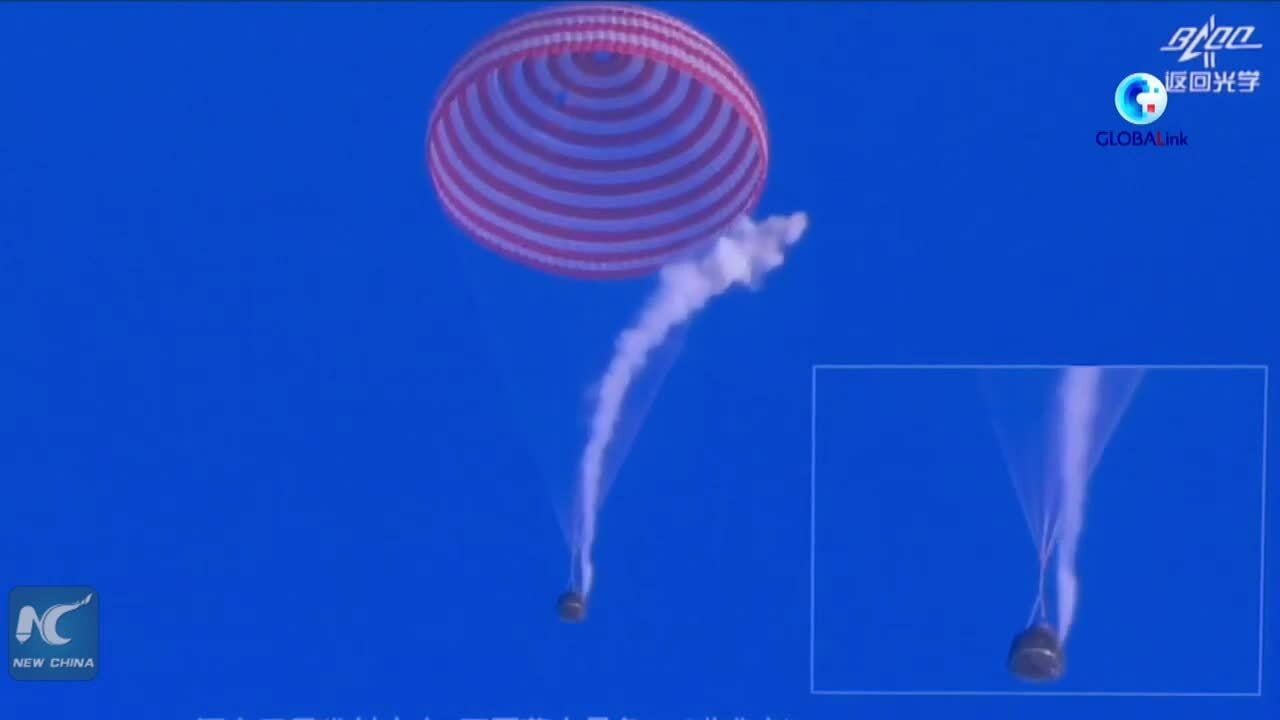




![[Photo] Ministry of Defense sees off relief forces to the airport to Myanmar for mission](https://vstatic.vietnam.vn/vietnam/resource/IMAGE/2025/3/30/245629fab9d644fd909ecd67f1749123)












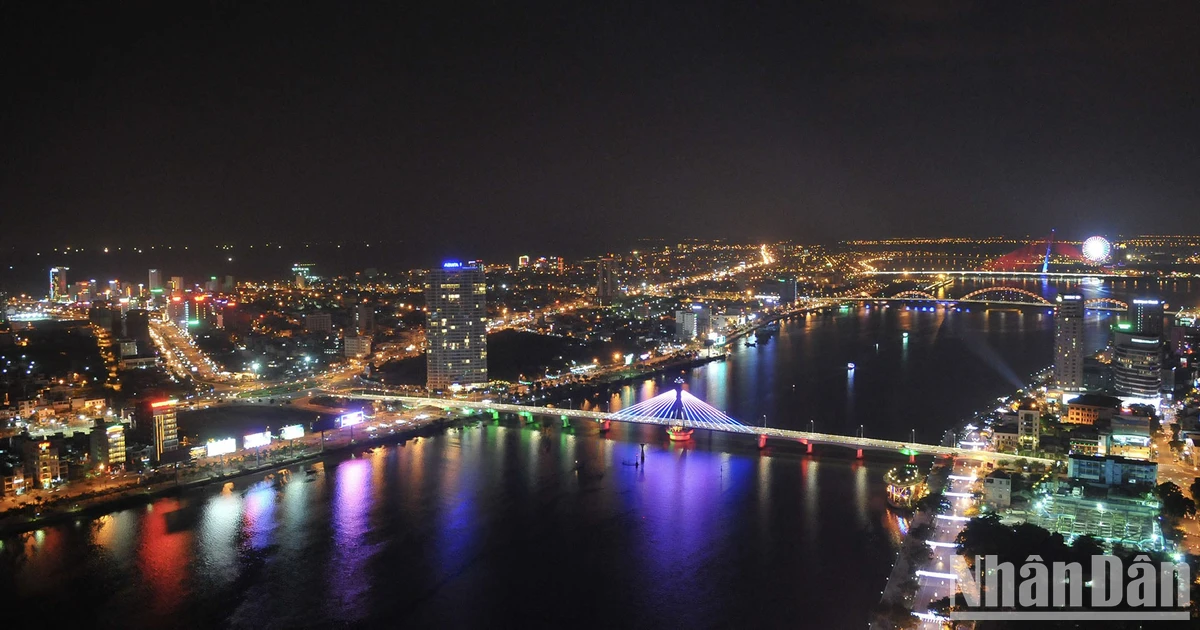


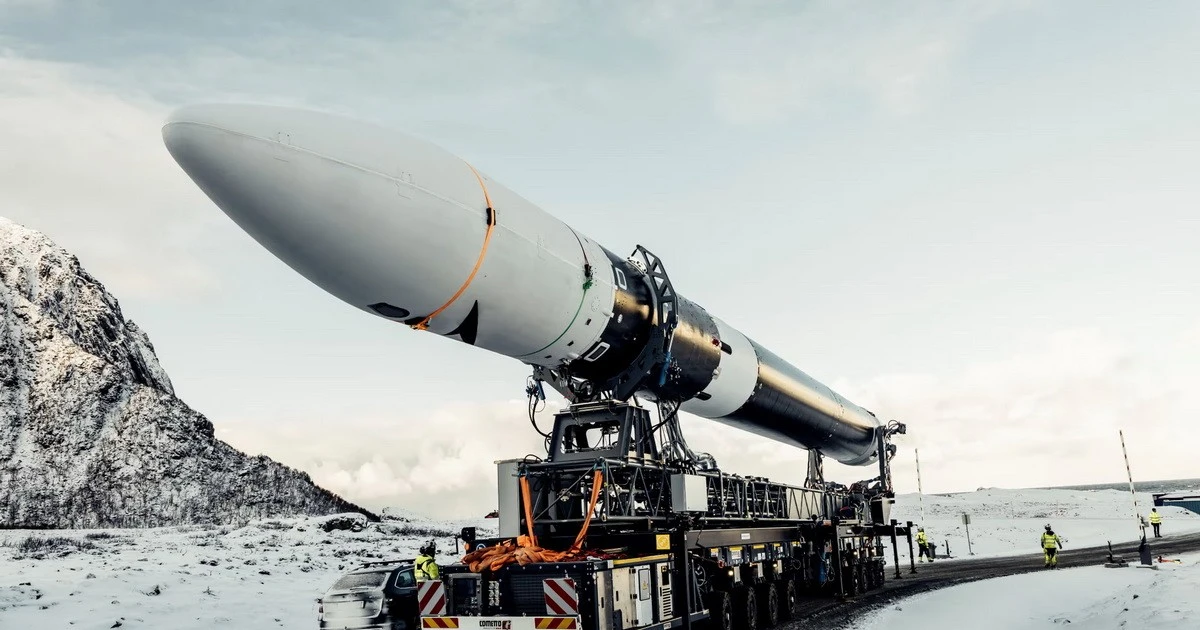









![[Photo] Prime Minister Pham Minh Chinh chairs meeting to remove difficulties for projects](https://vstatic.vietnam.vn/vietnam/resource/IMAGE/2025/3/30/7d354a396d4e4699adc2ccc0d44fbd4f)









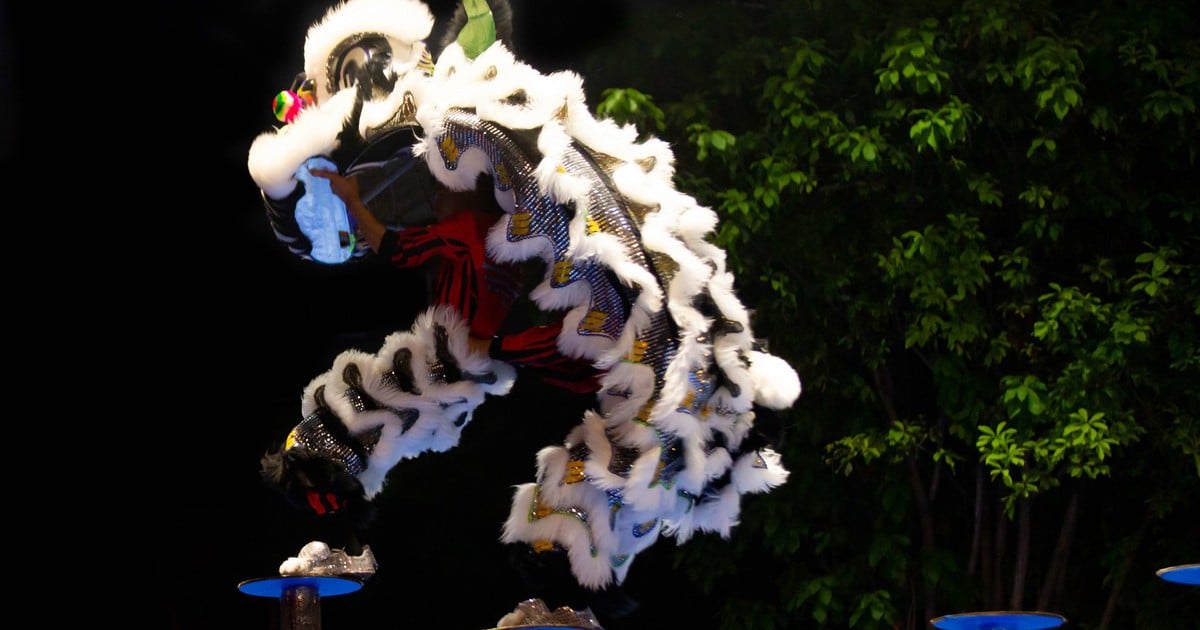







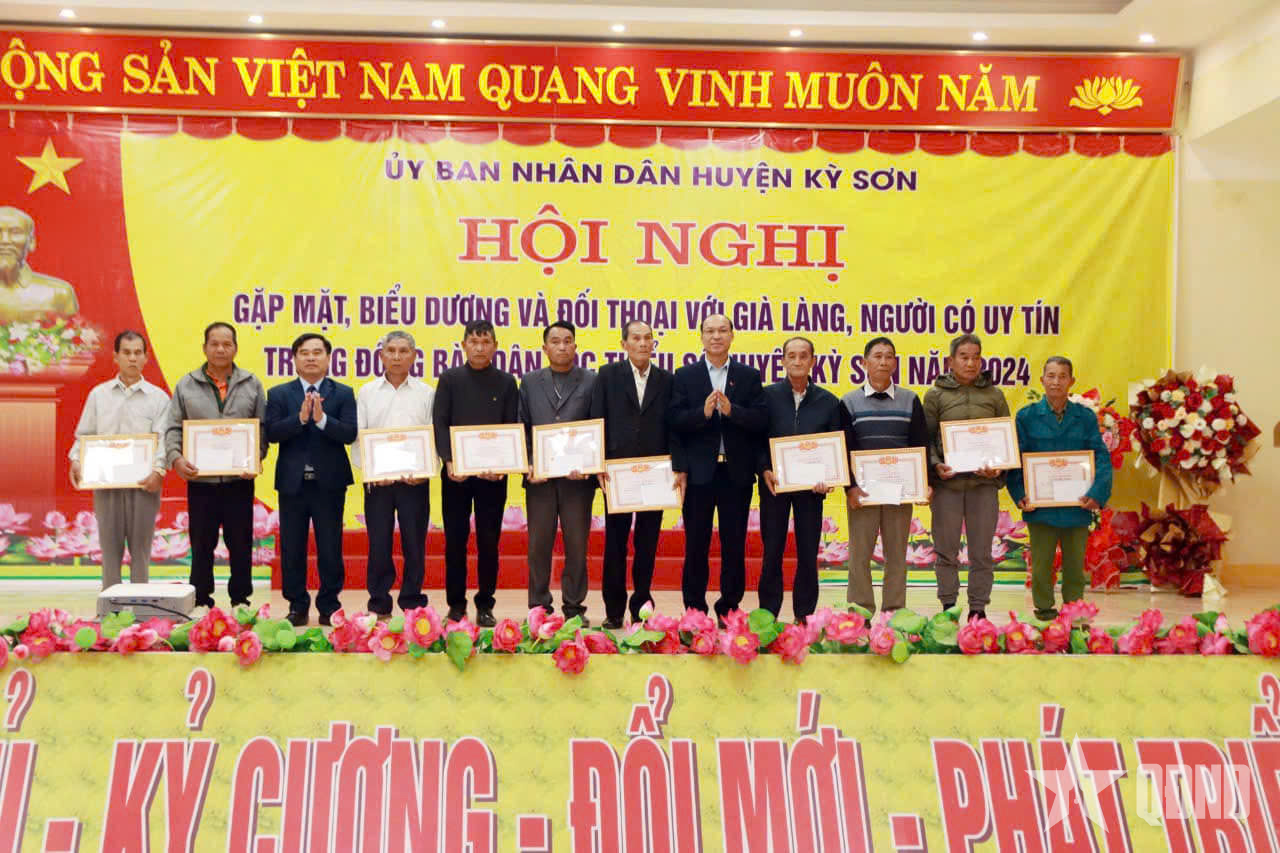











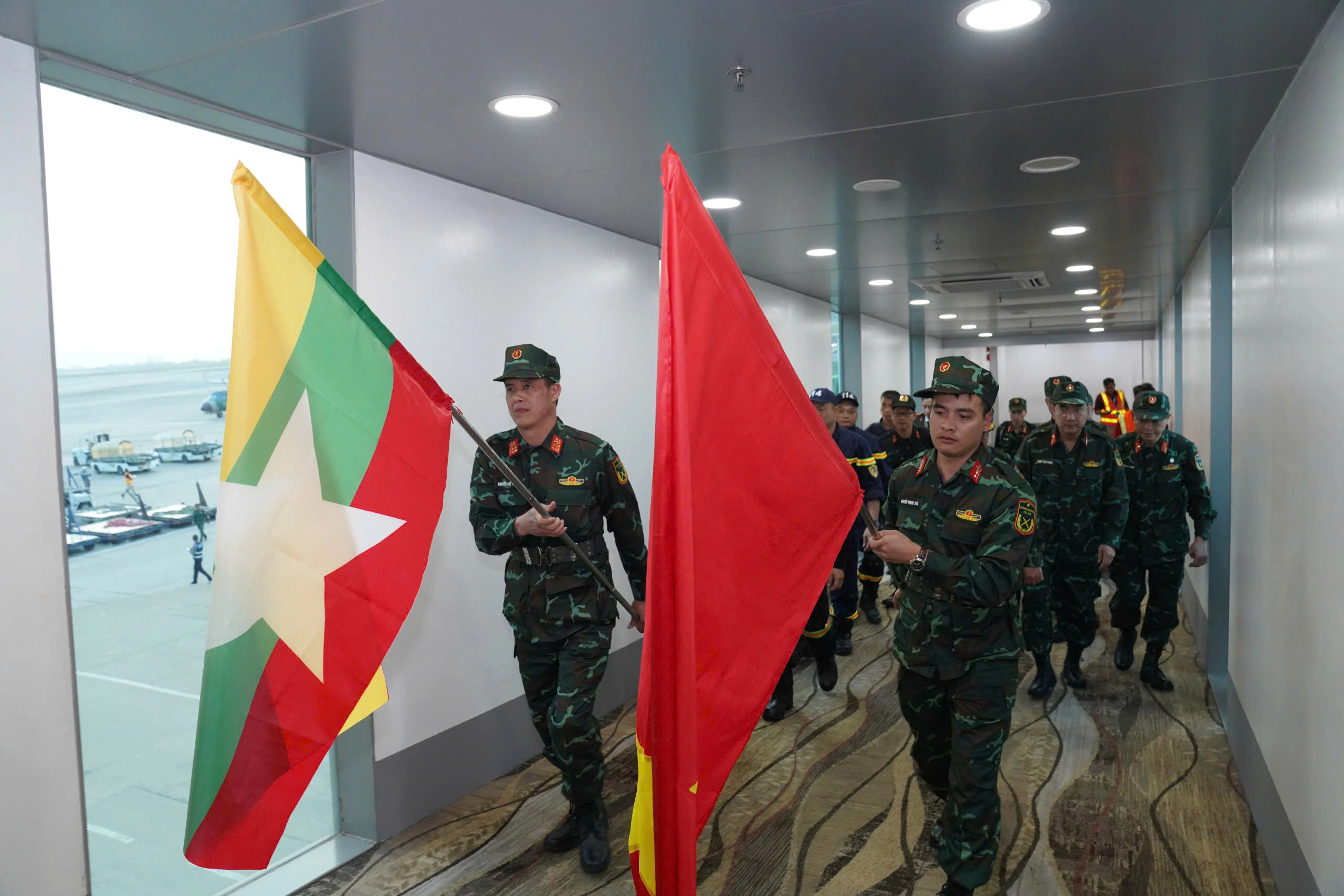



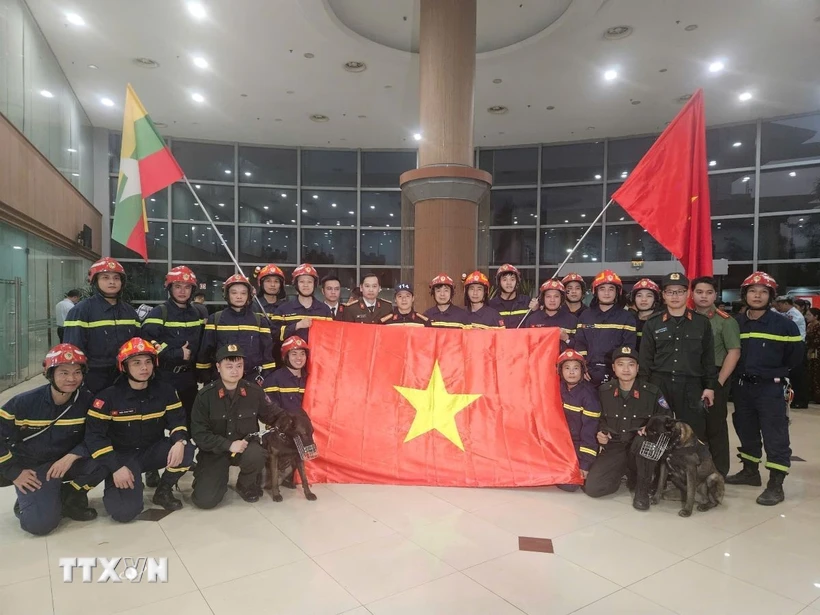

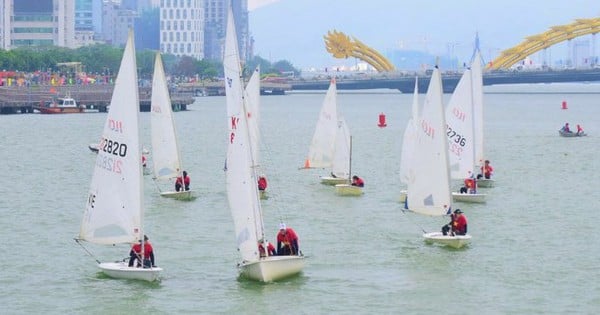





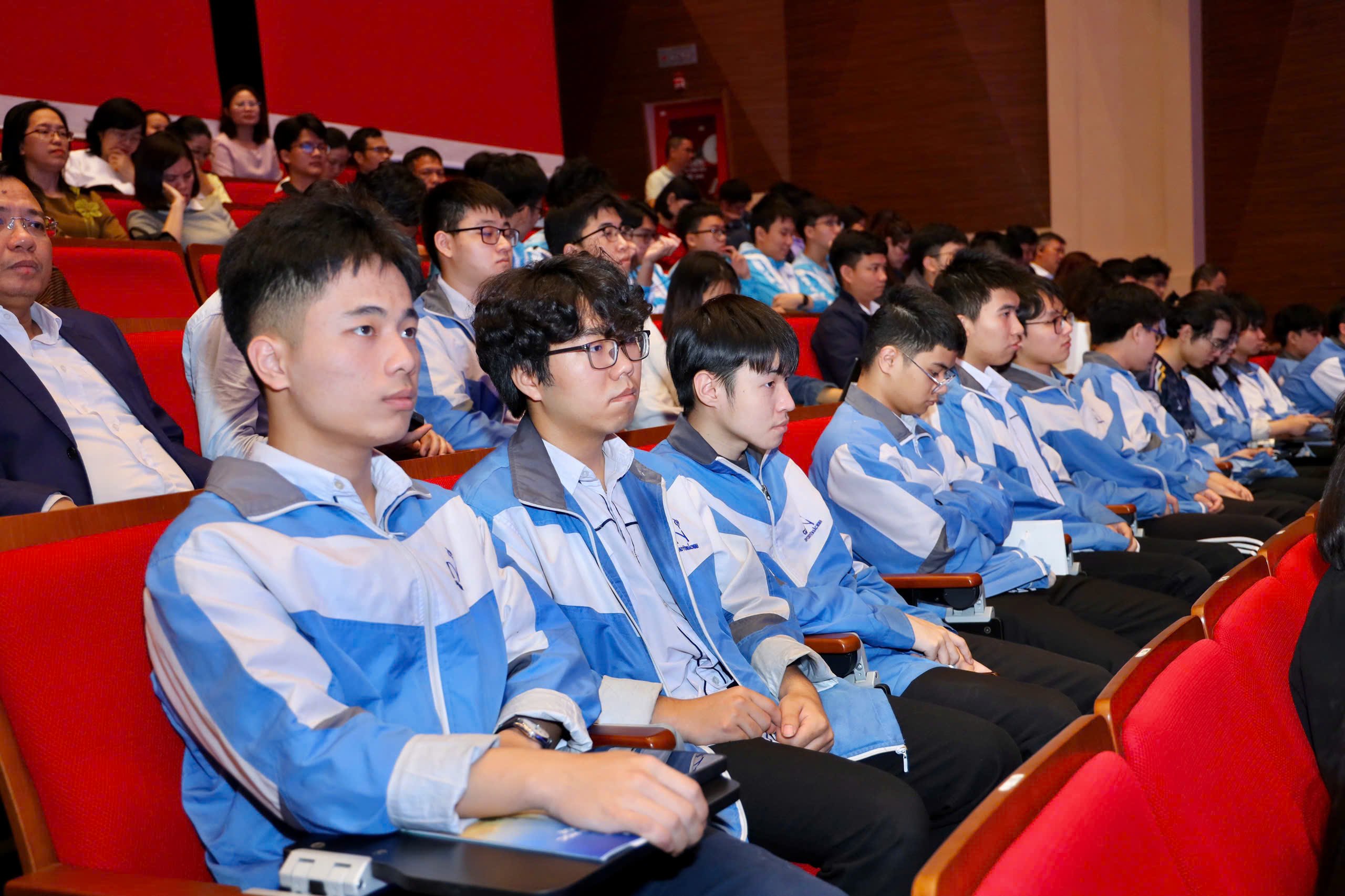











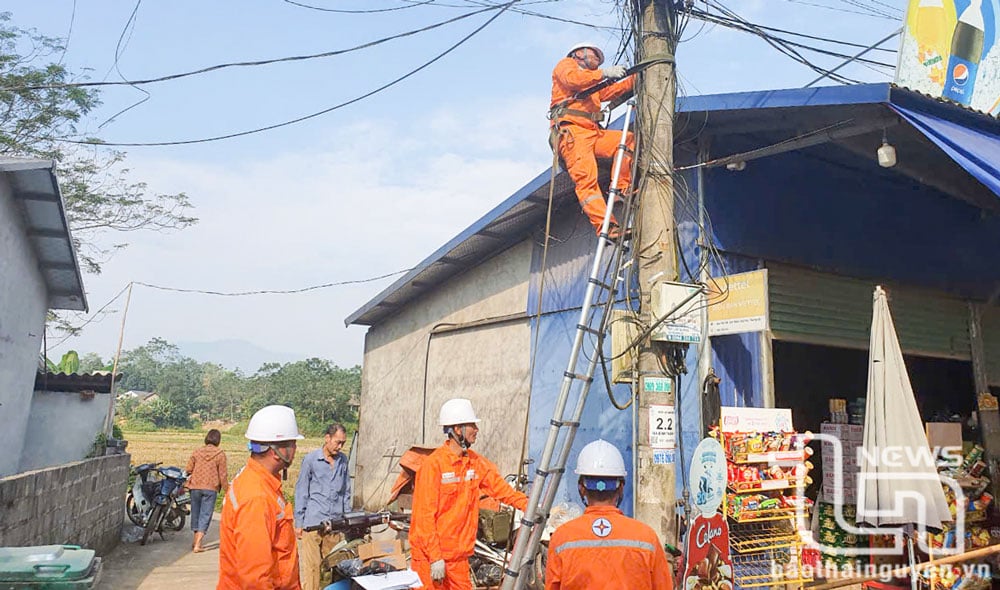










![[REVIEW OCOP] An Lanh Huong Vet Yen Cat](https://vstatic.vietnam.vn/vietnam/resource/IMAGE/2025/3/27/c25032328e9a47be9991d5be7c0cad8c)


Comment (0)